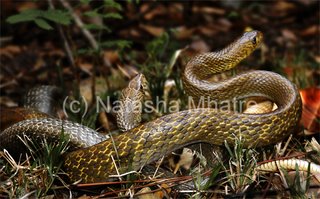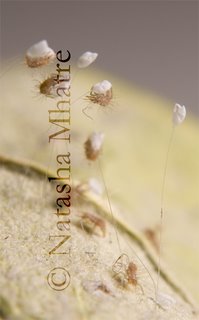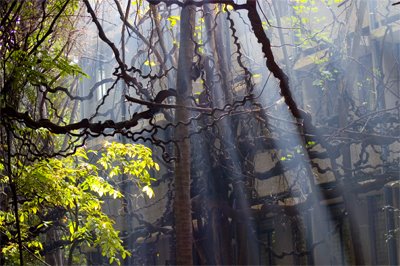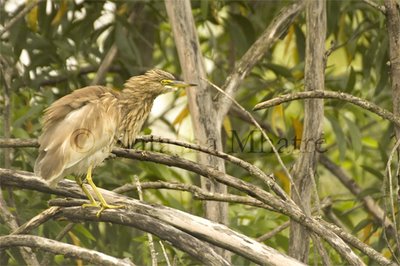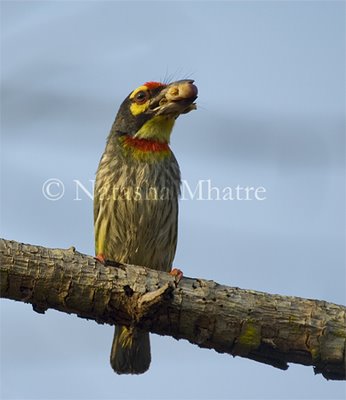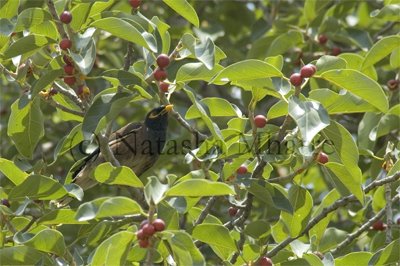 But today was a bad day. I'm easily disturbed but well... See someone wanted to use my pictures for nothing gratis and I said no. The person got pissed off and thought I had no loyalty and so on, and believed for various reasons that I should do this, allow the use of the images free.
But today was a bad day. I'm easily disturbed but well... See someone wanted to use my pictures for nothing gratis and I said no. The person got pissed off and thought I had no loyalty and so on, and believed for various reasons that I should do this, allow the use of the images free.What I'm wondering is should anyone? I know for one that my images take work and a LOT of dedication. It takes a certain amount of knowledge, a certain amount of research into my subjects. None of these is a one session shot, each session often takes 4-5 maybe even more hours at a strech, in the 'elements'. Often immobile in uncomfortable positions, or moving continously and cautiously for ages or being some weird kind of contortionist. I love it, but its work. Much more relevantly, the images are worth money, they are actually reasonably valuable or at least my agency thinks so. Why should anyone give away anything unless they feel compelled to? Why should anyone expect this kind of compulsion?
This kind of 'grabbing' is even true of a lot of contests. Even participating in these contests not just winning allows the company sweeping rights over the images. It cant be a good thing for photographers, can it? By many estimates the number of images made in the last few years is orders of magnitude greater than that in say the 90s. There's a flood of images out there, on flickr, blogs, online (penny) stock agencies, theres people giving them away for the asking.
This glut of images makes people believe that images are easy to make and well a dime a dozen But good images are not. It makes it harder for people like me, who are on the fringes of being pros to convince people that 'no, not for free'. I'm sure its made the renumeration for pros come down somewhat.
 Its even shittier when you're up against people who dont know good images from bad, who wouldnt see quality and craftsmanship if it bit them in the *&%^#$. And then if you're in India and you're a young student, why you're just ripe for exploitation aren't you? Maybe this isn't true, but tell me really if any of you are reading this out there, how much unpaid work have you done lately? Work that doesnt fall within your real responsibilities that you're expected to do anyway, for NOTHING. My guess is if you're a student, a lot....
Its even shittier when you're up against people who dont know good images from bad, who wouldnt see quality and craftsmanship if it bit them in the *&%^#$. And then if you're in India and you're a young student, why you're just ripe for exploitation aren't you? Maybe this isn't true, but tell me really if any of you are reading this out there, how much unpaid work have you done lately? Work that doesnt fall within your real responsibilities that you're expected to do anyway, for NOTHING. My guess is if you're a student, a lot....Think about it a bit, and next time just say 'NO'

